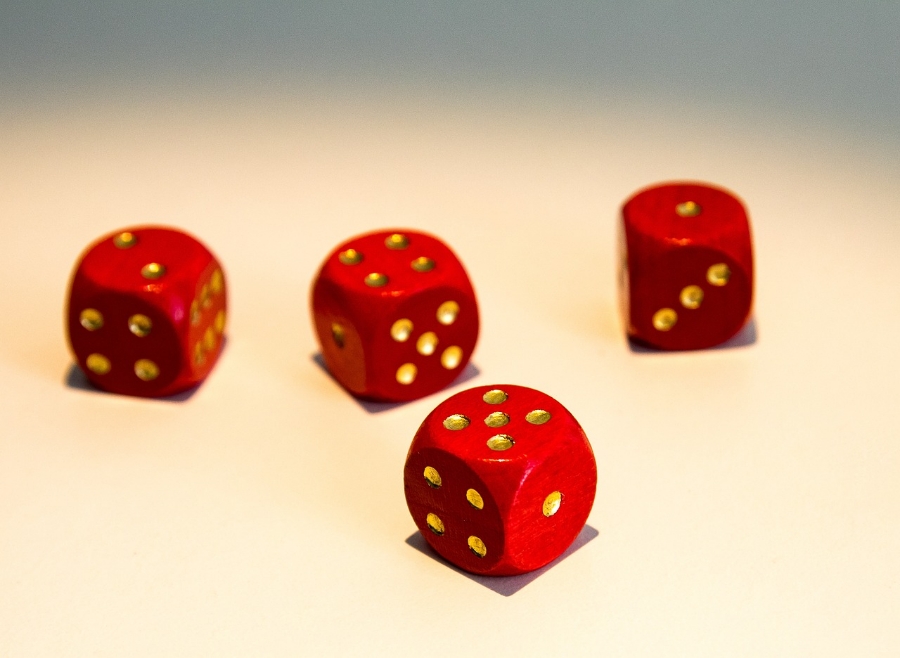You cannot invest capital without being exposed to one or more types of risk. It’s impossible to avoid risk entirely – but you can manage that risk through diversification of your assets. We’ve all heard the expression “don’t put all your eggs in one basket.” The objective is to ensure that no single event could significantly reduce the value of your assets.
Five major risks of investing are:
- Capital Risk - the loss of a portion of your investment capital on equity investments due to declining prices.
- Capital Default Risk (similar to capital risk) – failure by a debtor to repay the principal on a debt instrument such as a GIC or bond.
- Currency Risk - your investment is in a country whose currency is declining in value.
- Interest Rate Risk - the risk of locking into a long term debt instrument when interest rates subsequently rise or, alternatively, locking into a short term debt instrument when interest rates subsequently decline.
- InflationRisk - loss of purchasingpower due to rising inflation.
How Diversification Can Improve Your Returns Over the Long Term
Let’s assume that Bill and Sarah each decided to invest $100,000. Bill decides he will invest his capital in a fixed income investment for twenty years earning an 8% interest rate. Sarah has decided to diversify by investing her capital equally in 5 different investments at $20,000 each. The table below is a conservative estimate of how their investment returns could look in 20 years’ time.
BILL | SARAH | ||
$100,000 @8% | $458,545 | $20,000 @a complete loss | $0 |
|
| $20,000 @15% | $310,428 |
|
| $20,000 @10% | $125,100 |
|
| $20,000 @5% | $47,610 |
|
| $20,000 @0% | $20,000 |
Total | $458,545 | Total | $503,138 |
Allocating Your Assets Among a Variety of Investment Types
As you accumulate assets for retirement, your objective is to achieve an adequate return on these assets at a risk level that is comfortable for you. Aportfolioconsistingentirelyormostlyofonetypeofasset is not going to perform as effectively or efficiently as a portfolio with a mix of assets.
You can diversify your investment capital in a number of different ways:
- first, a mix of asset classes of cash, fixed income and equity;
- second, geographic diversification which provides a mix of different performing economies and political situations, as well as currency diversification;
- third, within a specific asset type, you could utilize different categories such as government bonds and corporate bonds for fixed income, or using large capitalized equity and small capitalized equity;
- fourth, if you are investing in mutual funds, use a variety of managers with different investment styles.
The Life Cycle of Investing
Your investment strategy should change over time, as you get closer to retirement. As you begin your working life, you have many years to earn an income and are therefore in a stronger position to handle the volatility of equity. As you near the end of your working life, you have fewer years of income generation and should adopt more of a capital preservation strategy. This is called the life cycle of investing.
- As a young investor, your investment strategy can tolerate as much as 75% equity investing, with the balance in cash funds.
- By your 40s you should diversify into a mix of cash, fixed income and equity.
- As you head into pre-retirement, fixed income should make up about 50% of your overall investment portfolio.
Designing Your Portfolio
When designing an appropriate portfolio for yourself, you needtoconsiderbothinternalandexternalfactors.Internalfactorsinclude:
- your risk tolerance
- your investment objectives
- your time horizon
- your needs for liquidity
- your financial circumstances
- your marginal tax rate
External factors that you should take into consideration are:
- outlook for interest rates
- outlook for inflation
- outlook for the domestic economy and global economies
- outlook for your domestic currency
- outlook for national politics
- outlook for federal debt levels.
Review your portfolio each time any of these factors, both internal and external, change significantly.
Don’t fall into the pitfall of making decisions based solely on the risk and potential rate of return, but instead consider them in the overall context of your portfolio. You will want to have some low risk investments in your portfolio for cash emergency purposes. But for higher rates of return, keep some high risk investments as well, so long as these high risk investments are kept to an appropriate percentage of your overall investment strategy.
INVESTMENT OBJECTIVE | IMPORTANCE OF OBJECTIVE | ||||
A Must | High | Neutral | Small | None | |
Current Income | 2 | 4 | 6 | 8 | 10 |
Liquidity | 2 | 4 | 6 | 8 | 10 |
Capital Preservation | 2 | 4 | 6 | 8 | 10 |
Short Term Volatility | 2 | 4 | 6 | 8 | 10 |
Growth Of Capital | 10 | 8 | 6 | 4 | 2 |
Tax Advantages On Income | 10 | 8 | 6 | 4 | 2 |
Deferred Tax Growth | 10 | 8 | 6 | 4 | 2 |
TOTAL SCORE _______________ | |||||
TOTAL SCORE | BALLPARK ESTIMATE - ASSET ALLOCATION | ||
Cash & Illiquid Fixed Income (Savings Account, Money Markets, Treasury Bills, Term Deposits, GIC’s, Annuities) | Liquid Fixed Income | Equity | |
Bonds, Mortgages, Bond Mutual, Mortgage Mutual | Common & Preferred Stock, Real Estate, Growth Mutual | ||
14 - 20 | 60% | 30% | 10% |
22 - 30 | 40% | 40% | 20% |
32 - 40 | 30% | 30% | 40% |
42 - 50 | 10% | 30% | 60% |
52 - 60 | 10% | 20% | 70% |
62 - 70 | 5% | 5% | 90% |
Image by Gerd Altmann from Pixabay







